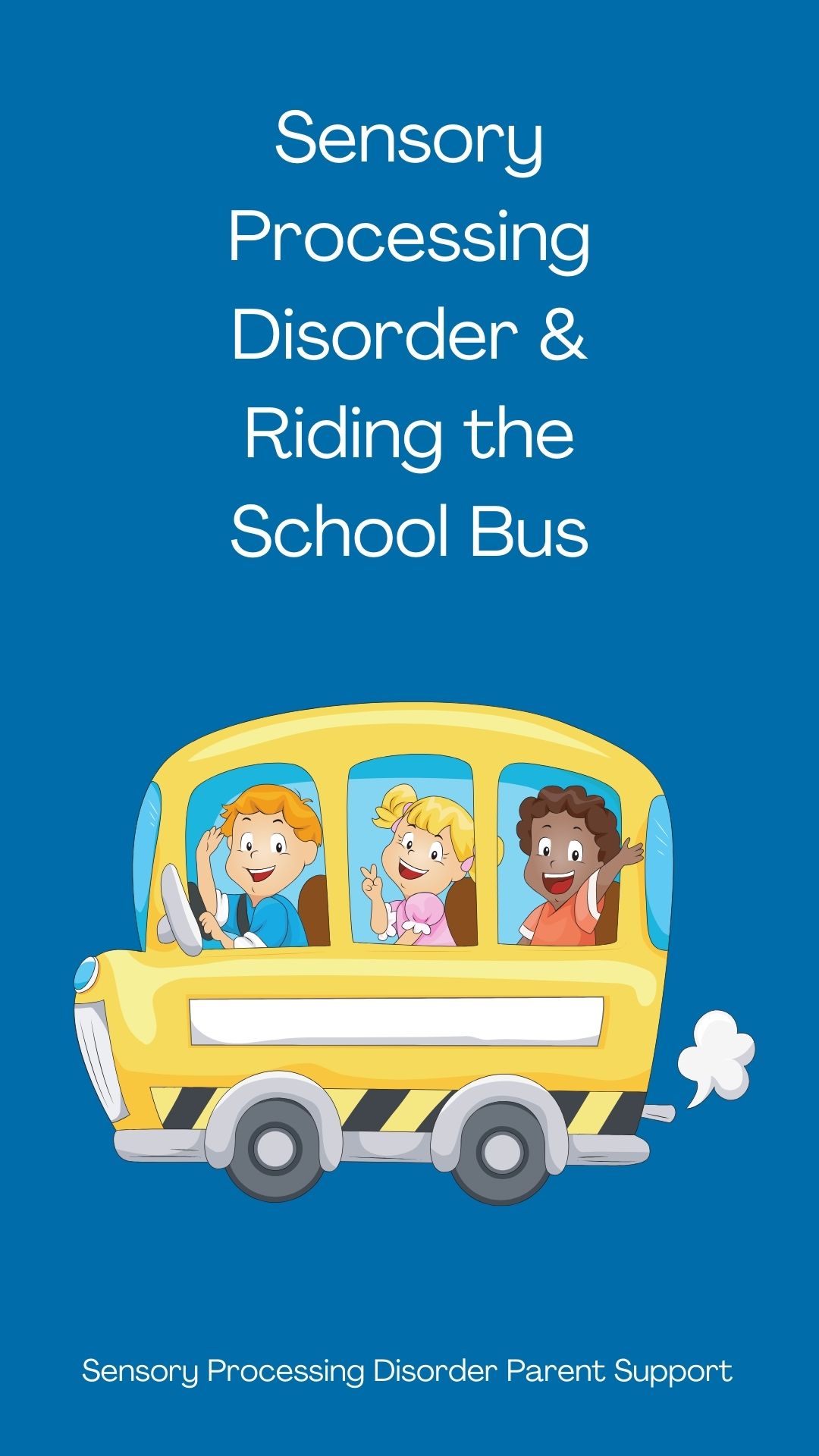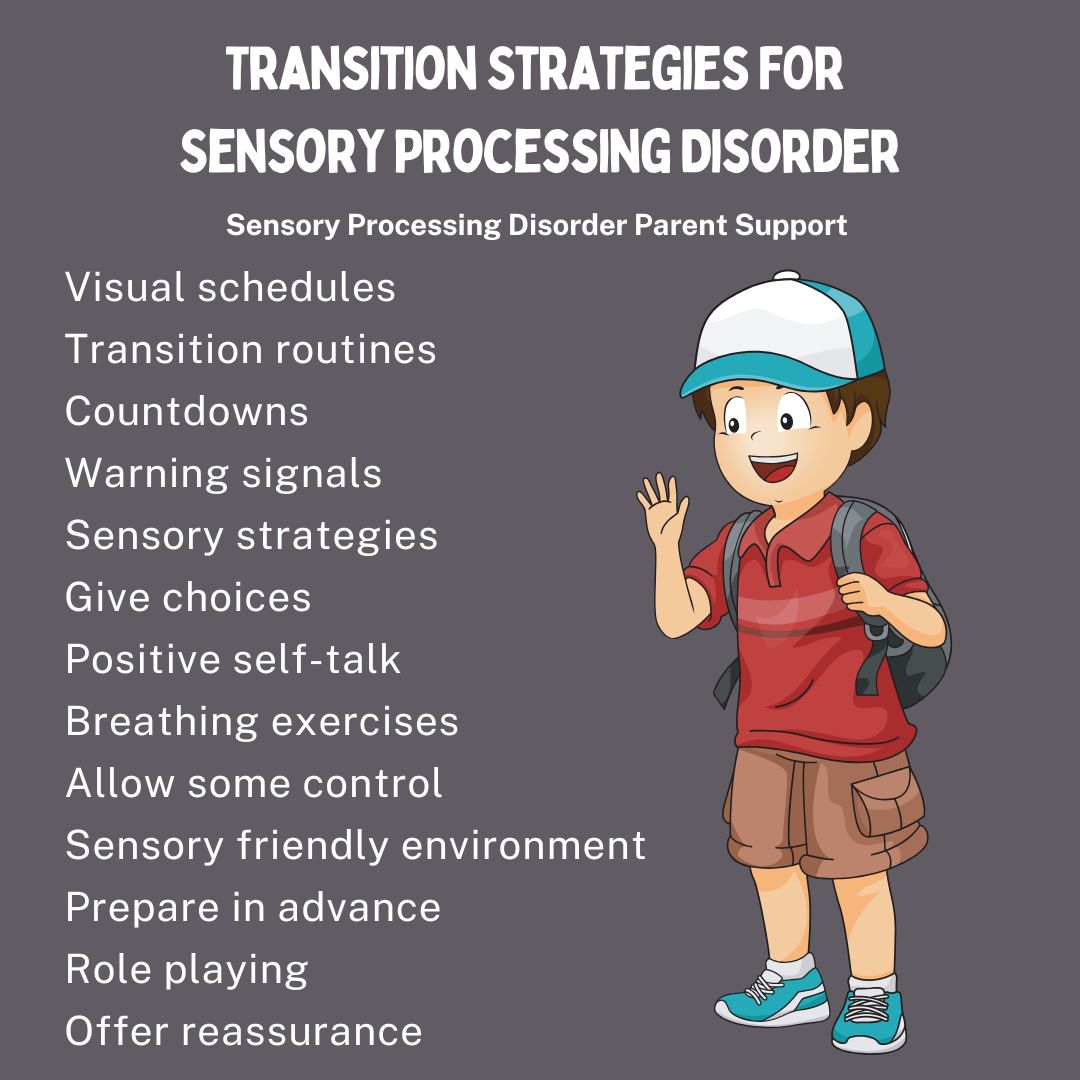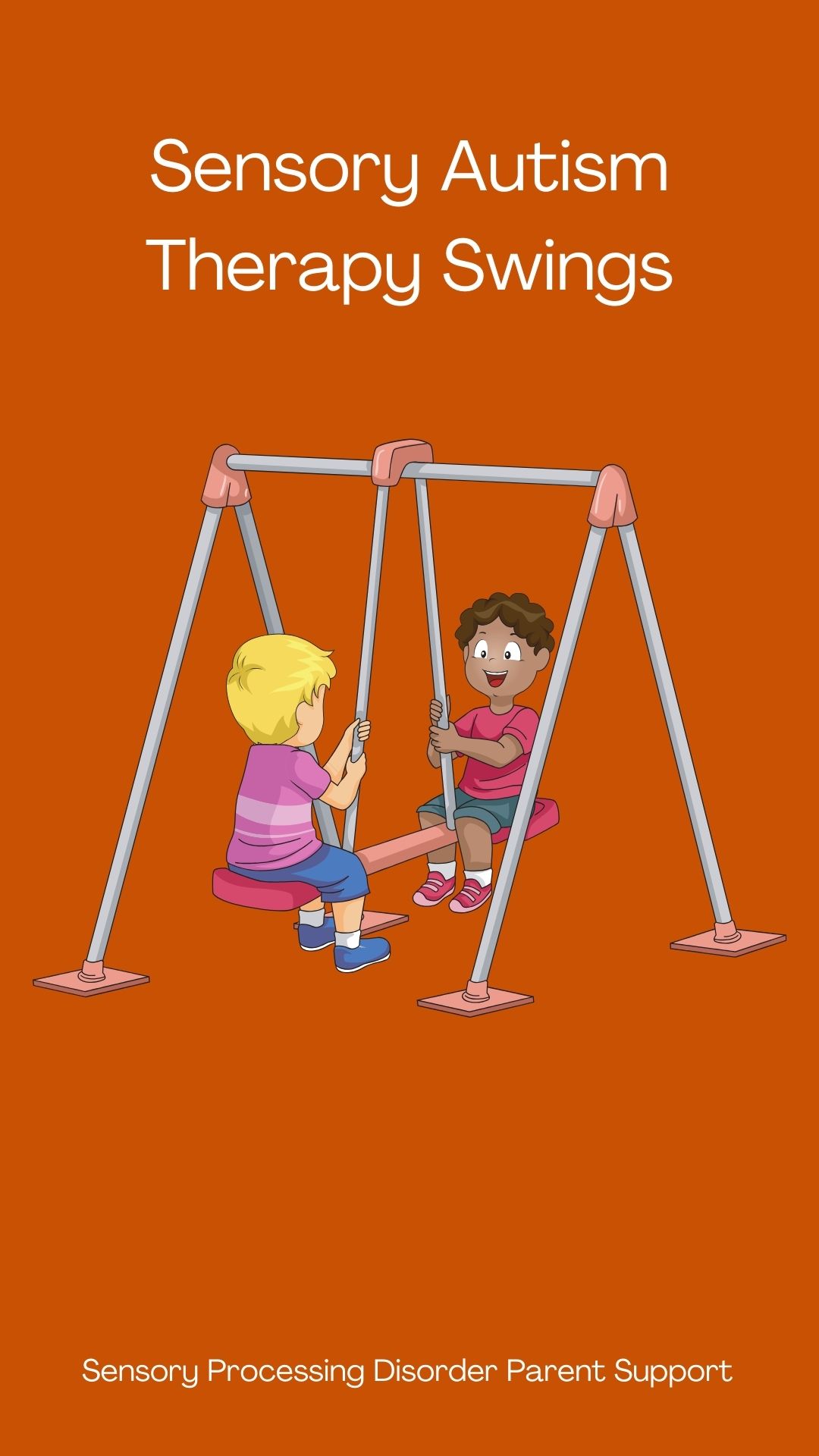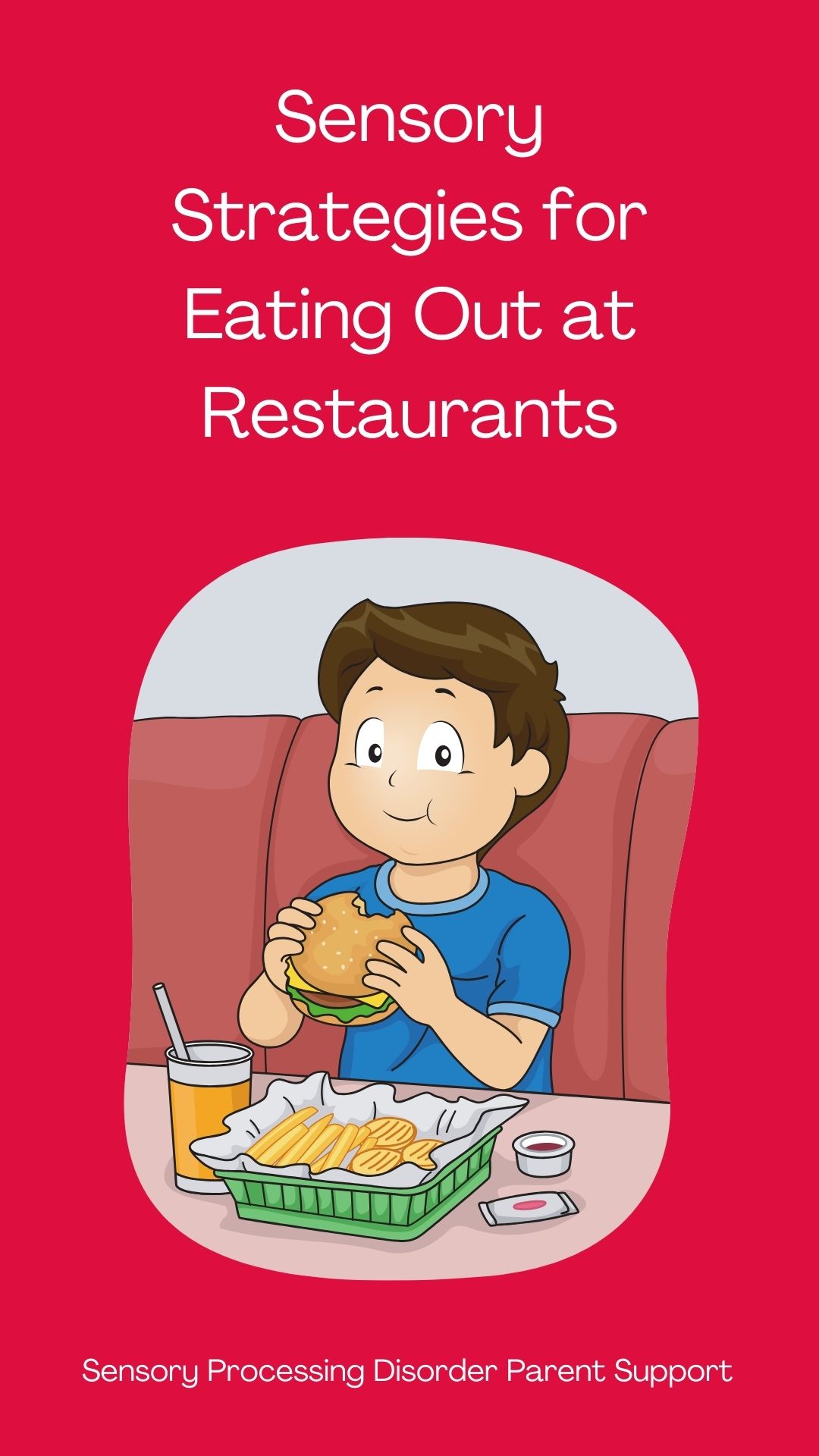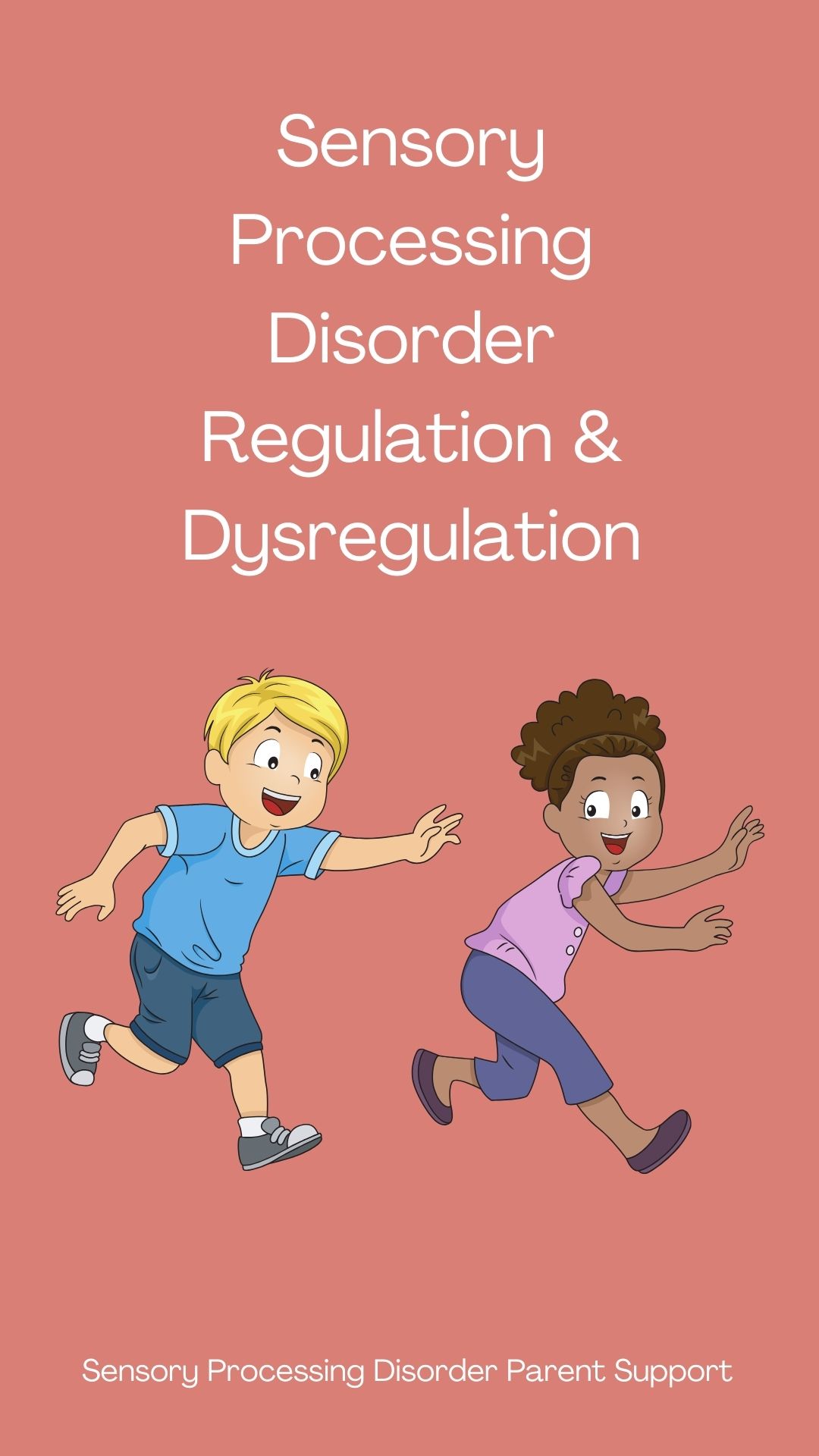Use transition objects with your child. A transitional object could be your child's favorite toy or a cuddle blanket they love. Transitional objects can provide comfort for your child during their transitions. Ask your child if they would like to bring something of familiarity to give them security.
Transitions can be overwhelming for children with sensory processing disorder. Try going at a slower pace during your child's transitions, giving clear easy to understand instructions and the extra time they need to process the sensory input around them and their transition.
Give your child as much reassurance as you can when they are transitioning from another activity. Let them know that it is okay when they are feeling anxious or uncertain during the times they are transitioning to another activity and that you are with them to support them through it. This will help them feel safe during their transition.
There are a lot of strategies to help children transition from one activity to another activity. Using visual timers or a clock to countdown for upcoming activity transitions will help your child be prepared for what will be happening next in their day. The more predictable their routine is for them, the less they will be anxious or have a meltdown.
Teach your child how to self talk to themselves in a positive way. During your child's transitions remind them that they can use their positive self-talk skills. Examples would be "I am strong." and "I can do this." or "I'm capable." Positive self-talk will help them believe in themselves.
Practice transitions with your child, show them how to role play and act out different transitions. Your child could act out how they will transition from an appointment or going to school in the morning. This can help your child feel more confident during their transitions.
Use a hand gesture as a signal for your child such as clapping or snapping fingers. Hand gestures or signals can be very helpful to let your child know that a transition is soon happening. This can help your child start to prepare for their transition. You can also use a countdown to help your child prepare when a transition is soon happening. A countdown can be helpful for your child during their transition.
Include calming sensory breaks in your child's routine to allow your child to regulate themselves through the day.
Using clear language and verbally helping your child through transitions will provide them with a sense of control and predictability. Give your child options and allow them some control over their transitions when it is possible. Encourage choices during your child's transitions. This can help reduce your child's anxiety and allow your child to feel in control.
Your child's teacher and therapist may have some ideas that you could include in your child's routine to make their transitions easier for them. Include sensory breaks and quiet spaces into your child's day, use visuals and schedules, include sensory activities through out their day and build a supportive community around your child. Transitions don't have to be a challenge, things can go a lot easier for your child and for you too.
